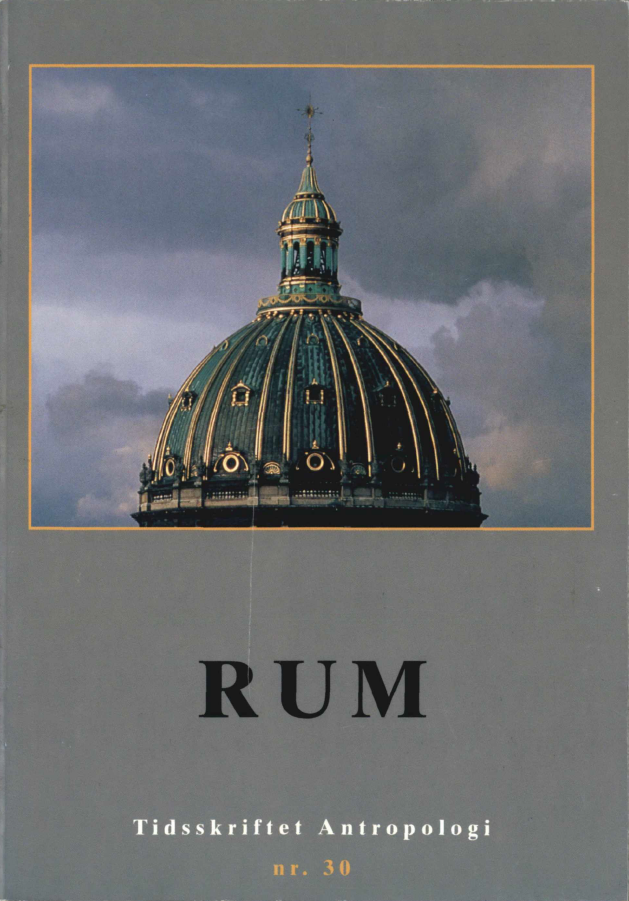Gudernes rum og menneskenes univers. I de mayatalende lakandoneres verdenssyn
DOI:
https://doi.org/10.7146/ta.v0i30.117836Resumé
In their mythology, the Lacandons - Indians living in the rain forest of Chiapas, Mexico - conceptualise a tripartite space of heaven, earth, and the underworld. The Lacandons perceive themselves as placed by the gods in the middle of a cosmic space that is created, delimitated and controlled by the two great celestial bodies: the couple of sun and moon. Through a detailed analysis of the symbolic representations of the sun and the gods of wind and rain, it is shown how all the most important features of the Lacandon universe is thought of as the outcome of complex interactions between solar and lunar principles. On the one hand, the workings of the sun (male) and the moon (female) create and recreate the essential qualities of the meteorological, climatic, and ecological spaces that constrain the forms of productive life. On the other hand, the Indians conceptualise the opposition, the alternation, and the complimentarity that characterise the relations between sun and moon as homological to the social forms of Lacandon reproduction. The ambivalent, complex, and multifacetted dialectics of lunar and solar principles reveal that cosmic equilibrium centres round the male-female bipolarity. It is argued that although the male qualities of the sun are considered higher and dominant, it is in faet the mythic image of the moon that metaphorises stability, completeness and totality.
Downloads
Publiceret
Citation/Eksport
Nummer
Sektion
Licens
Ophavsretten til artiklerne i Tidsskriftet Antropologi tilfalder forfatteren.
Artikler publiceret i Tidsskriftet Antropologi må citeres, downloades og videresendes for ikke-kommerciel brug, under forudsætning af normal akademisk reference til forfatter(e) samt tidsskrift, årgang, nummer og sider. Artiklerne må kun genudgives med eksplicit tilladelse fra forfatter(e) og tidsskriftet.


